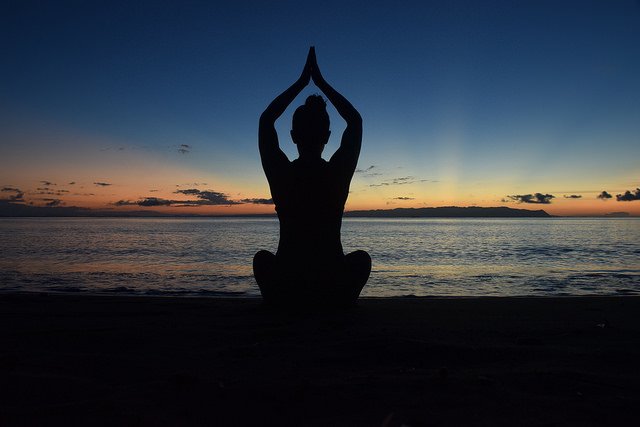Here at Blue Osa our morning silence until 7:30 am is a ritual, not a routine. It allows time to undertake the routine acts of hygiene, breakfast, and to journal with presence and gratitude for another day. If you find some routines irritate you, then maybe it’s time to transform them into something more? Yoga retreats can transform the mundane into magic.
Yoga Retreats Teach Us Rituals
Routine and ritual are opposites of the same concept: a ‘habit’. Both are a series of actions completed repeatedly, but the intention is opposite. In a routine, the acts are not performed the same way each time or with any intention: it is unconscious and soothes us with the illusion of control. A ritual we place intention and attention into each of the acts; it brings us to the present moment.
Yoga teaches us that our attitudes towards our environment and ourselves are vital on the path to freedom. The polarity of a habit originates in our second chakra, swadhisthana, the yogic energy center of creativity. To transform a routine into a ritual improves our creativity and resilience.
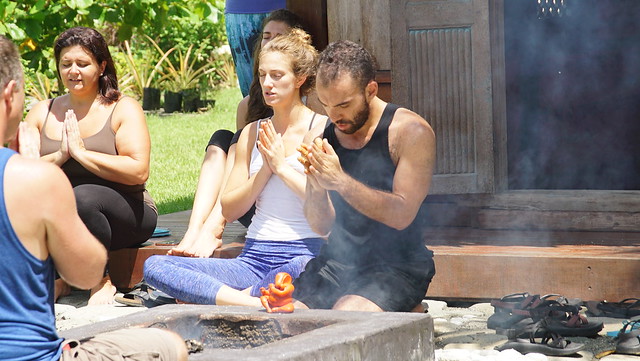
Carve a Sacred Space for You
In yoga, the niyama ‘Saucha’ is the removal of all impurities in physical and mental systems. This is taught through correct habits of sleep, exercise, work, and relaxation. These simple acts to remove the daily debris remind us to let go of what does not serve us. Removal of impurities creates space for inner peace, an inner space for you to develop yourself.
TRY IT: Your bathroom self-care habits are ideal for practicing a ritual of self-care.
Do not judge yourself as you carry out these acts. Focus on each action with full presence to see the removal of impurities in your physical and mental hygiene.
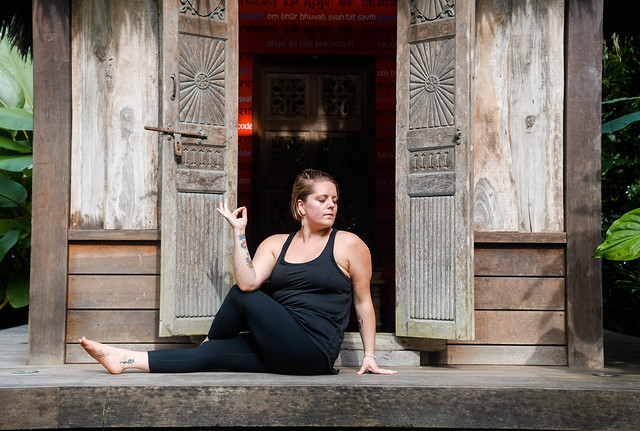
Taking Care Removes Self-Harm
It is harmful to your thought patterns and others to complain about routine, and not take care of your actions. This is the yama of ‘Ahimsa’ to not cause harm to others or yourself. Actions with an attitude of compassion soften the critical voice. From a softer place, we can value and appreciate what is around us.
TRY IT: As you floss your teeth, with each slide and glide the floss take care and pay attention. Be compassionate to each tooth and the gums, do not attack the teeth because they have plaque on them.
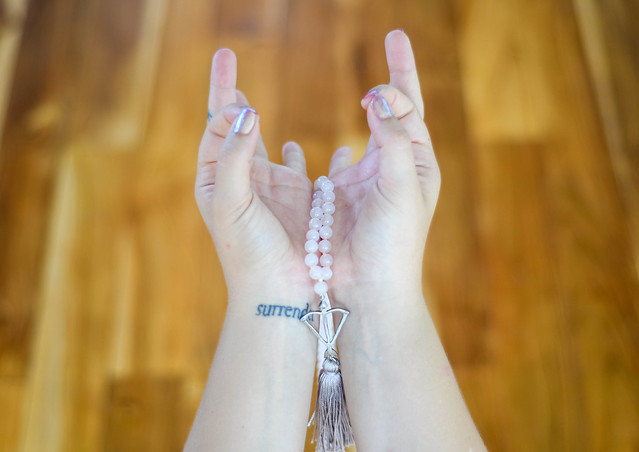
Save Energy
Poor attention spreads energy in several directions and creates stress in the mind that further uses more energy. Attention applied with a clear intention of simplicity allows you to savor this new energy and brings gratitude. Full attention conserves energy to use your energy in moderation or ‘Brahmacharya’.
TRY IT: When washing your clothes, attend to the detail of each item and apply due care to all the energy used to make it. Be grateful for this energy that supports yours.
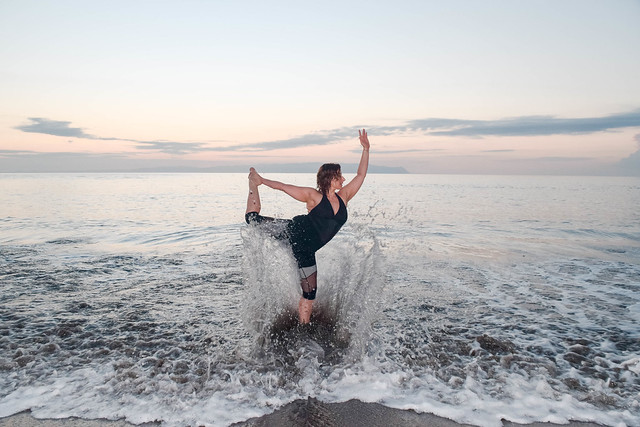
Focuses on the Performance Not Completion
When you enjoy reading a book the pleasure is not to finish the book each time you pick it up, but the story of the book. You are present in the story and not the ending alone. When we grasp at the outcomes we become greedy and desire more outcomes: the yama aparigraha. Then we never can have enough.
TRY IT: When you are busy cooking a meal becomes another routine act. As you prepare a meal, stop and be grateful at each step of the recipe so that you can be more fulfilled by the preparation. Then you will savor the meal that nourishes your body at the end more deeply.

Add Purpose to Your Actions
When you apply discipline and the right attitude to a task you connect to the purpose of what you are doing without a desire for something else. Be less mechanical in your actions and find the meaning behind each act. Sometimes discipline is about your attitude to a task. Apply a simple attitude to each action and it will reveal the purpose itself.
TRY IT: Washing up the dishes, bring an attitude that you do it with care and detail for proper hygiene and care of the object. A clean plate offers you food to nourish you.

Builds Connection
Often we resent our routines or ‘life admin’ as taking time away from fun things. Be truthful with yourself about the why perhaps it shines a light on a deeper truth about how we see ourselves. This yama ‘Satya’ can humble us to see that we have the same truths as others hidden inside our routines. This commonality creates a connection.
TRY IT: As you travel to work be aware of the environment around you. Notice the other people and your thoughts about them. As you observe your thoughts be honest with yourself about your judgments, and be grateful that we are all equal in our existence.
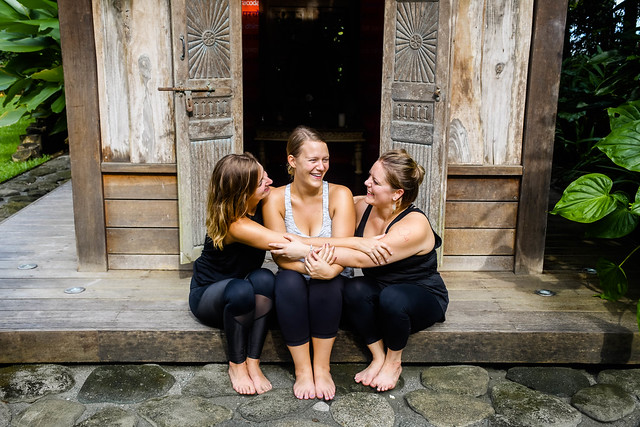
Celebrates Your Life
The famous quote “Life is what happens to us while we are making other plans” by Allen Saunders in Beautiful Boy is what happens when we are living life in routines. When we accept each step of our routine as perfect as it is in that moment, then you can find something to smile about. This is finding the yama contentment or Santosha and celebrates the tiny moments and acts in your life.
TRY IT: In the middle of your actions, stop and softly smile at what you are doing: see its beauty at that moment. This is your life!
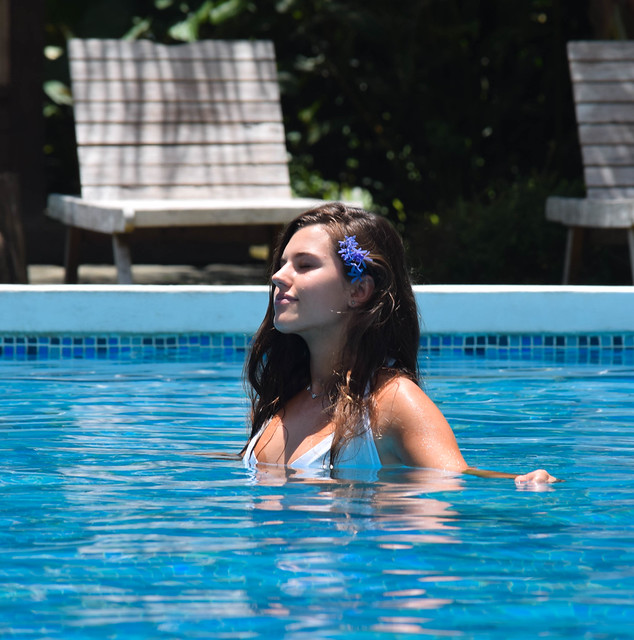
Find Magic in the Mundane
When we mindlessly carry out a routine it loses its magic. Notice your thoughts throughout your routine and question them. Uncover your presumptions and explore from where they originate. Self-study asks these questions without judgment: the niyama ‘Svadhyaya’.
TRY IT: As you get dressed ask why you do it a certain way. See if you can find another way that makes dressing appear more magical… perhaps your one-leg balance as you put on your socks becomes Dandayamana Janushirasana!
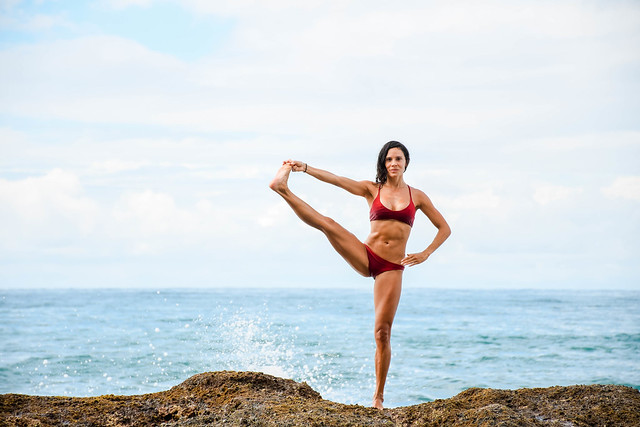
Increase Your Creativity
We each have a need to contribute to the world, this is our desire to create. The conscious attention of a ritual keeps the balance of control over the creativity that is mindful of its use and fears arising as acts are repeated. Within the fully conscious repetition, there is space to see the actions and adjust an aligned and pure approach. With fewer energy blocks, we open our ability to connect to the larger picture: this is the niyama ‘Ishvara Pranidhana’, our dedication to the higher intelligence.
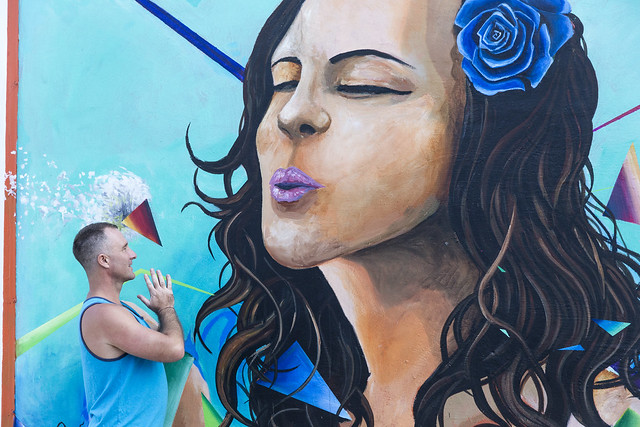
About the Author
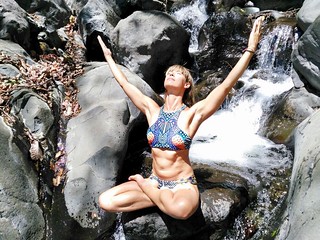
Nid loves all her incarnations as an energy healer and coach, massage therapist, teacher of mind-body movement through yoga and Pilates, and blog writer. She is a passionate messenger on how to find your truth and live in alignment with your soul. Her work attracts people going through major life changes, long-term pain or health issues to discover how to live life with joy through mind, body, and spirit. She can be found working on retreats and online worldwide.


